My first high-end cartridge back in the ‘70s was the Grado F-1+. It was a huge leap from my Shure M91 ED and possibly the best tracking cartridge I ever owned, able to track the infamous Telarc “1812 Overture” at 1.5 grams (the digital cannons made this an extreme challenge, you can actually see them on the record). It also had a frequency response of 10Hz – 60,000Hz a very rare achievement in its day. I only got rid of it because I upgraded to a Bang & Olufsen Beogram 4002 turntable which used a specialized cartridge. So it was with great excitement that I greeted the opportunity to review the new Grado Opus3 cartridge. Though the Opus3 is the entry-level cartridge for their wood-bodied Timbre series the performance specs equal that of what was once their top of the line, in fact, it outperforms the F-1+ on both channel separation and output.
Grado Opus3 Maple Bodied Phono Cartridge:
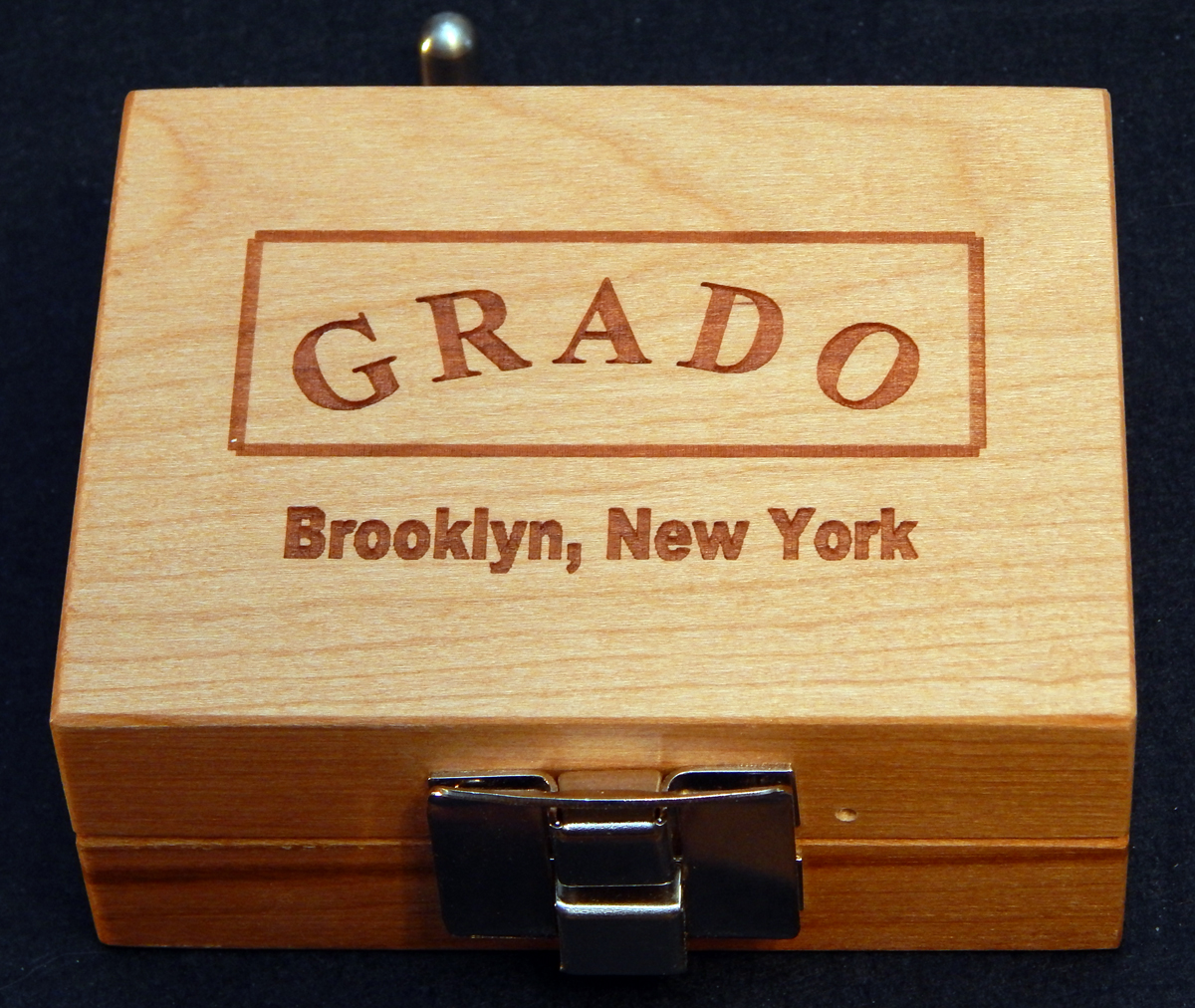
The Grado Opus3 Maple Bodied Phono Cartridge is their first cartridge to feature a maple wood body. It was specifically designed to offer a cost-effective wooden cartridge while taking advantage of the techniques and processes used in the higher-end models in order to bring their entry-level and mid-range phono cartridges closer together, creating a richer and more amalgamated line, allowing the consumer easier access to incremental upgrades in their analog audio systems.
The Opus3 is also the first cartridge to apply the breakthroughs gained in designing their high-end cartridges to a budget cartridge, as well as being the first designed with the Timbre Series in mind.
The housing of the Opus3 is a new shape but it still keeps the wood working in tandem with the cartridge inside. Maple was chosen for the housing after years of working with maple for their Heritage and Statement Series headphones which they found to provide a “vibrant and luscious sound, while staying consistent and clear.” Furthermore, Grado employs a variation of thermal aging processes to better dampen and control the resonant frequencies.
Grado has a long history of making world-class moving iron cartridges and the Opus3 delineates the newest benchmark in that tradition. In their zeal to produce a state of the art product, Grado has combined newly developed coil winding techniques with decades-old disciplines, and a new two-step shielding process brings not only exact unison between the four coils but an unobstructed path for a cleaner signal, greatly reducing mechanical noise.
Hand-built in Brooklyn the Grado Opus3 is precisely hand tipped with a diamond, and fine-tuned for use with entry-level turntables up to world-class mega-buck systems.
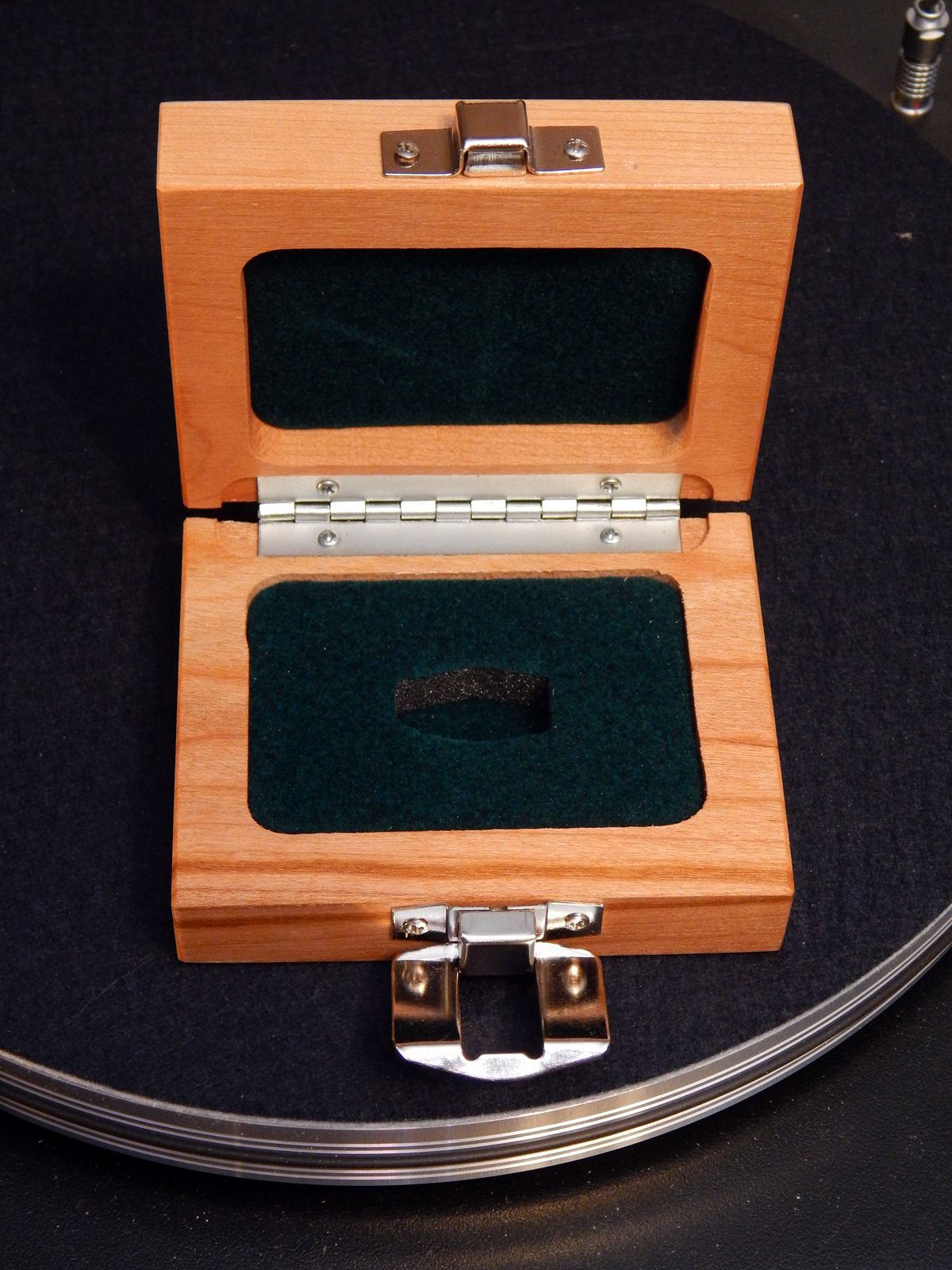
Living with the Grado Opus3 Maple Bodied Phono Cartridge:
Thanks to the Coronavirus, I still had the VPI Player turntable in house from my reviews done for Headphone.Guru and HiFiAudio.Guru since VPI had turned their efforts to producing emergency medical supplies, and I offered to store the table until such time as business had returned to normal. So rather than trouble them or one of my other manufacturer friends for a different table, I mounted the Opus3 on the Player.
The Opus3 is available in High Output, Low Output, and Mono models, the one I received was the High Output Model which meant that it should work fine with the VPI phono stage. For the rest of the playback system, I used my Questyle CMA800R headphone amplifier, my MrSpeakers (Dan Clark Audio) ETHER2 Orthodynamic headphones, and Cardas Audio Iridium single-ended interconnects and power cables.
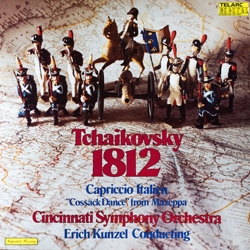
To begin my listening tests I thought it apropos to start with the aforementioned “1812 — Festival Overture, for orchestra in E flat major, Op. 49” (“Tchaikovsky- 1812; Capriccio Italien; Cossack Dance”) featuring Erich Kunzel and the Cincinnati Symphony Orchestra and 16 live cannon shots (selected from 24). The original master was a 16-bit/50kHz digital recording using a three mic setup to retain as much of the original soundstage as possible, which was later used for a direct to disc transfer. For comparison’s sake, I found a digital version of the same recording on Qobuz (16-bit/44.1kHz) which was played through my iFi Pro iDSD DAC into the above-listed system using Cardas Audio Iridium balanced interconnects.
As it should be, the tonal balance was the same as the pure digital version but richer and more resolute. I was pleasantly surprised at how quiet it was with the barely audible vinyl noise being completely suppressed by the music once it started, the telltale mark of a well made line contact stylus which rides the record groove from top to bottom overriding imperfections in the vinyl (conventional elliptical and conical styli only have a single contact point in the groove, wearing the record quicker and picking up imperfections as information).
None of the 90dB of dynamic range was lost and the detail was amazing, whether it be the byplay between the strings and woodwinds, the almost imperceptible triangle, the blistering rolls on the snare, the occasional blast of horns, the cacophony of the celebratory crescendos with all the resonant bells, cymbals, anvils, etc, even the crack of the cannon fuse came through clear. And talk about soundstage, it was vast with amazing imaging, each instrument fixed in space in a three-dimensional field.
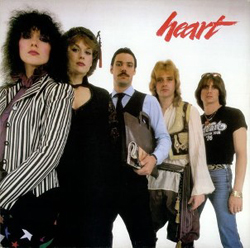
Next up was side 3 of “Heart: Greatest Hits/Live” which boasts some amazing live performances of a few of their best songs including my all-time favorite “Mistral Wind”, which did not make it to the CD. Not only did the Opus 3 capture the deep resonance of the bass and guitar that makes the live performance so much more exciting than the studio version, the soundstage communicated the air and feel of the open-air outdoor stadium. Again all the dynamics of a live concert was present and easily masked instruments like the Rhodes piano were clear and natural.
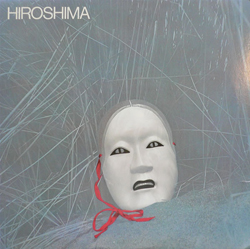
Breaking out one of my more esoteric Jazz albums (Okay, most of my Jazz albums are fairly esoteric, okay most of my collection period) “Hiroshima”, the eponymous first album of the epic nine-piece Japanese Jazz band Hiroshima, I was treated to an in-studio experience with a host of traditional Japanese instruments supplementing the standard smooth Jazz combo of electric bass, guitar, drums, vibes, Rhodes piano, synthesizer, saxophone, and vocal. The musicality and purity of sound, pushed the limits of analog, to the point where I actually didn’t miss having a tube amp to get that last bit of detail and warmth.
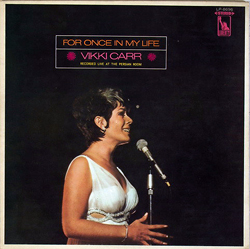
Sometimes listening to vinyl is a matter of trying to choose the least damaged of multiple copies of an album, such was my treat with the vintage recording of Vikki Carr “For Once In My Life – Vikki Carr – Recorded Live At The Persian Room”. Oddly, the one that looked worse for the wear was indeed the better, and it was well worth the occasional pop to hear the velvet tones of Vikki’s rendition of “Happy Together”. The piano was delicate and rich gently poking out from the strings, horns, woodwinds, upright bass, and percussion. The xylophone on “Come Rain Or Shine/This Girl’s In Love With You” was sweet and sharp. The soundstage put you several feet from the stage, with Vikki up front, the bass and xylophone just behind, and the drums and orchestra taking up the rear in a huge hall.
Conclusions on the Grado Opus3 Maple Bodied Phono Cartridge:
Once again, the VPI Player performed flawlessly and anything that was left wanting in my last two reviews of the table was more than made up for with the Grado Opus3 Maple Bodied Moving Iron Phono Cartridge. The Opus3 completely reaffirmed my love and respect of Grado cartridges and reinforced my love of vinyl once again (as if it needed it). High-Resolution digital is great when you can find it, but there is something viscerally organic about pure analog, and records are still the best pure analog source.
The tonality of the Opus3 is natural and musical and the resolution can stand toe to toe with the big boys. My only regret in this review is not currently having a two-channel loudspeaker system set up to fully appreciate the magnificent soundstage produced by the Opus3, perhaps something that can be revisited at a future date.
Record wear is one of the key considerations in choosing cartridges, and one of my great fears in using standard conical or elliptical styli and given the performance of the Opus3 I would not have any problem using this as a daily use cartridge. All in all, the Grado Opus3 is a first class cartridge that I can heartily recommend to anyone setting up a medium to high-end turntable ensemble or upgrading an existing system. Two thumbs up.
Price: $275
Manufacturer’s Website: https://www.4ourears.net/opus3
Specifications:
Body: Maple Wood
- Cantilever: Aluminum / Elliptical Diamond
- Output:
High 4.0mV @5 CMV (45)
Low 1.0mV @5 CMV (45) - Inductance:
High Output 55mH
Low Output 6mH - Resistance:
High Output 660 ohms
Low Output 70 ohms
- Input Load: 10k-47k ohms
- Cartridge Weight: 8 grams
- Tracking Force: 1.6-1.9 grams
- Compliance: 20μm/mN
- Channel Separation: Average 30db – 10-30k Hz
- Controlled Frequency Response: 10-60 kHz
- Non-Sensitive to Capacitive Load
- Builds: High Output, Low Output, Mono

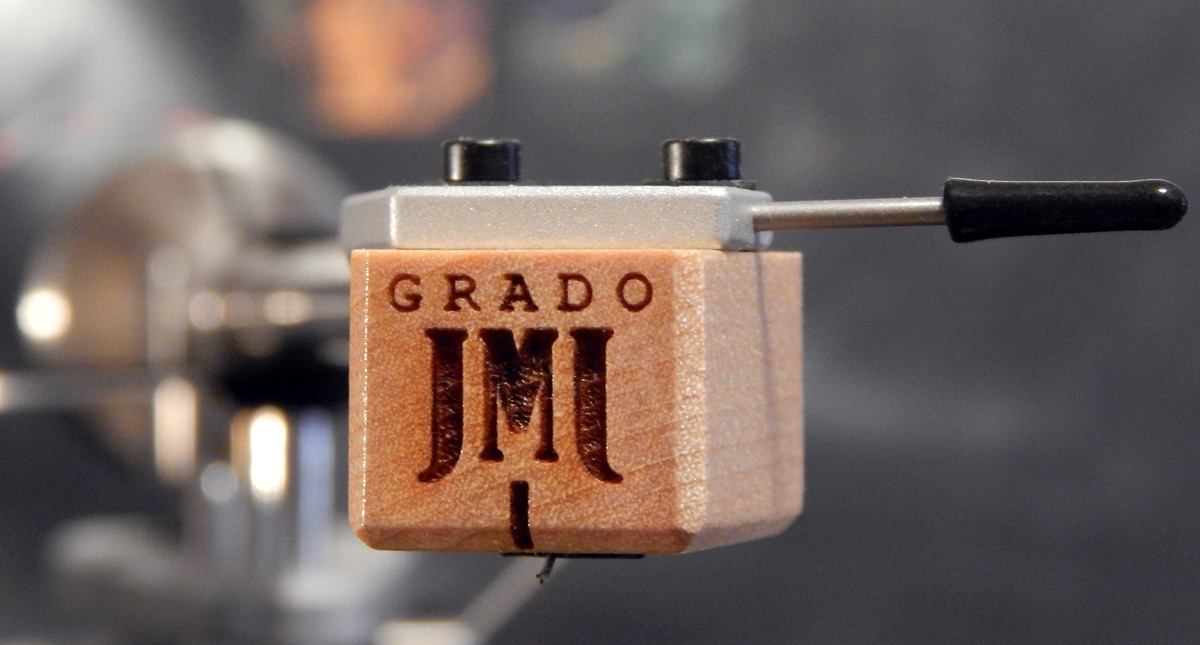






Thank you for your kind comments, I think you will be more than pleased with the Opus 3. If you don’t have an alignment tool, I was able to print one off the internet.
I picked one up for cheap that goes right over the spindle like a record easy to use. As far as the Opus 3 goes I’m really enjoying it the separation is great and the tonality is to die for. It easily wipes up the floor with my Audio Technica Shibata as far as tone and distortion go. Best cart deal out there as far as I’m concerned!
Not only do I trust an audiophile of long term standing, but being a musician myself, I’ll trust a fellow musician even more than another audiophile. I had a Grado Sonata around 15 years back when they retailed for somewhere in the $500 range, I had a guy in a record shop fix my messed up wiring on my Music Hall table and give me a new Sonata for $400 great deal as he wanted future business which I gave him. Great cartridge, but I’m going to try an Opus 3 in hopes it’s still got the wood bodied house sound, I’ll try the low output for a change since my preamp can do it with an MC input. At $275 I don’t think I’ll be sorry. I just have to make sure I take the time to align that sucker correctly!